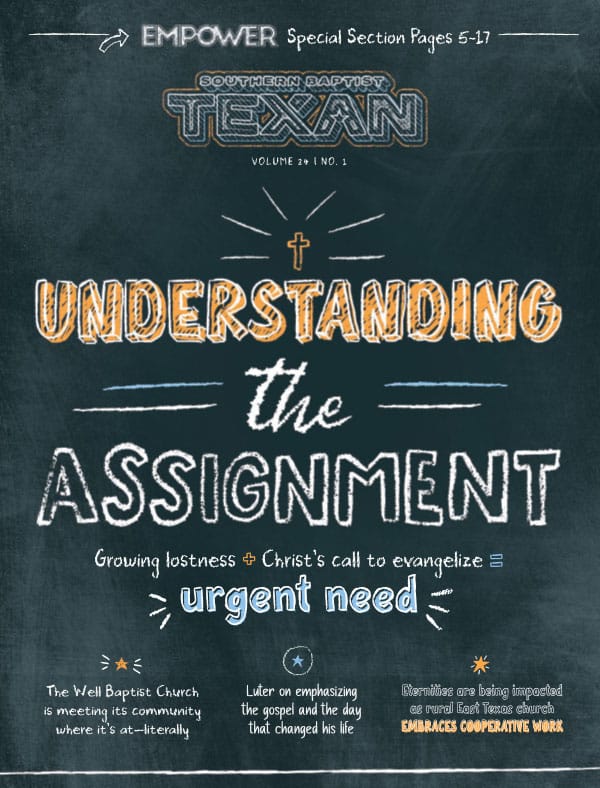PORT ARTHUR?Brent and Savannah Sorrels moved to Texas in 2005 to work with the Southern Baptists of Texas Convention as strategy coordinators in Port Arthur. Having served as IMB missionaries in Costa Rica, the Sorrels expected to put their Spanish language skills to use with the area’s growing Hispanic population. But as they prayer-walked through area neighborhoods, the couple discovered large communities of unreached Vietnamese immigrants in Port Arthur.
“When we first came we tried to reach everyone,” Brent Sorrels said. “We had big maps of the city blocked off. But we kept running into Vietnamese, and it seemed no one was doing anything to reach them.”
BUDDHISTS & NOMINAL CATHOLICS
There are 5,000 Vietnamese immigrants in Port Arthur, a city totaling 60,000. “We are not big, but we have a lot of diversity,” Sorrels said, noting that among the 5,000 Vietnamese, about 60-65 percent are Catholic and the remainder are Buddhist. Many practice ancestor worship in addition to their official religion.
“We are still learning about them, but I found that Buddhists are more open to studying the Bible than Catholics,” Sorrels said. “Somewhere in the family history they stopped being Buddhists and became Catholic. They feel like they’ve gone as far as they need to, like they’ve made all the conversion in their family history that is necessary. They are much less open to studying the Bible even if they don’t know the Bible or don’t read it.”
While only 10 percent of the worldwide Vietnamese population is Catholic, Sorrels attributed Port Arthur’s high percentage to several factors.
“A lot of these folks were from the same part of South Vietnam?a heavily Catholic part of Vietnam,” he said. “Another factor is Catholic charities helped settle the Vietnamese here.”
Key to the work of a people group missionary is intimate knowledge of the different subgroups comprising a people group. Blanket missions strategies to one people group often fail. The Catholic/Buddhist divide among the Port Arthur Vietnamese is an example.
“We worked on a translation project to have some Bible studies designed for Catholics,” Sorrels said, noting a partner church in Houston translated the studies into Vietnamese. The studies worked well in reaching Catholics, he said.
“You can assume a lot of things with Catholics regarding the Trinity, sin, and who Jesus was and what he did?coming, living, and dying and paying for sin?that helps us as a common point that we don’t share with our Buddhist friends. We tried to use the same Bible studies with the Buddhists but it wasn’t getting past their worldview issues at all?we were assuming too much.”
“So we are currently using Bible stories, beginning in Genesis, and assuming our folks are literate. And in doing so, we have them read the Scriptures together and then have them ask questions,” he said. “We are teaching them the Bible, but we are also teaching them to obey the Bible and what changes should appear in your life as a result. And we are asking them to share their faith at the end of each lesson.”
Currently, Sorrels leads four storying groups with 16 attendees. The groups are facilitated with the help of a few local men, two of whom Sorrels hopes will become leaders for a movement among the Vietnamese. A new study in English recently began for second-generation Vietnamese. During the summer Sorrels utilizes two Vietnamese-speaking interns conducting English classes
The group recently baptized its first disciple, who was kicked out of her home as a result of her decision. But Sorrels has hopes for more baptisms soon.
“We have a 17-year-old atheist who accepted Christ in the last week or so,” he said. “And my hope is we’ll have a few more accept Christ by the end of summ










